Want an Accurate Rifle? Build It! Leave a reply
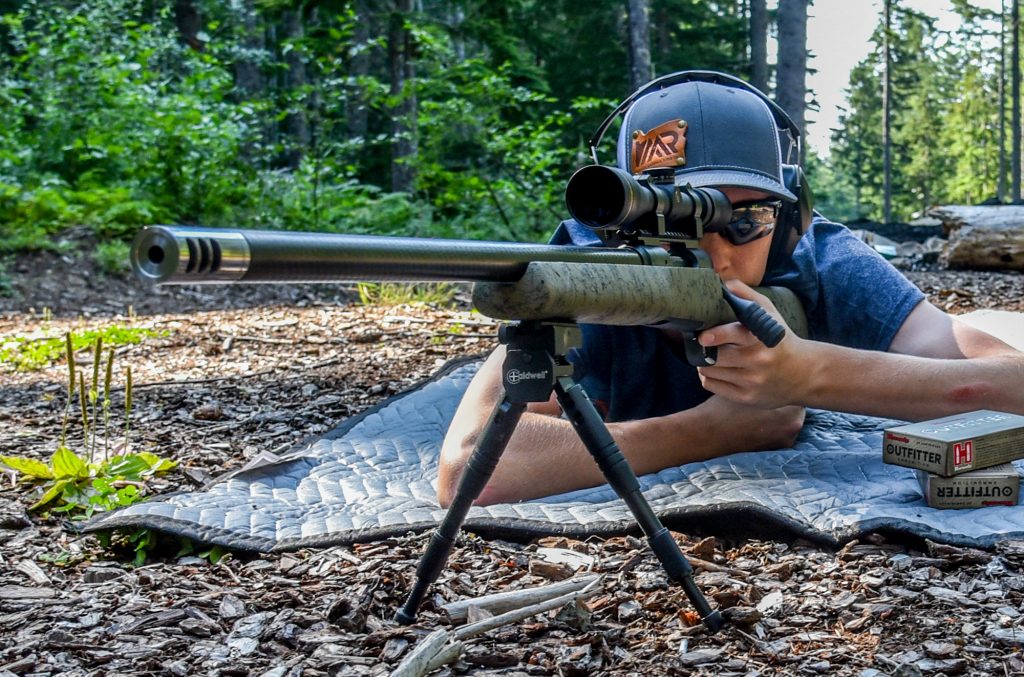
Turn Your Rifle into a “Tack Driver”
by Jason Brooks
We all dream of a “tack driving” rifle that pierces the bullseye at long distances with regularity. When it comes to rifles there are some things we can do to increase their accuracy. Here are some starters on building yourself an accurate rifle.
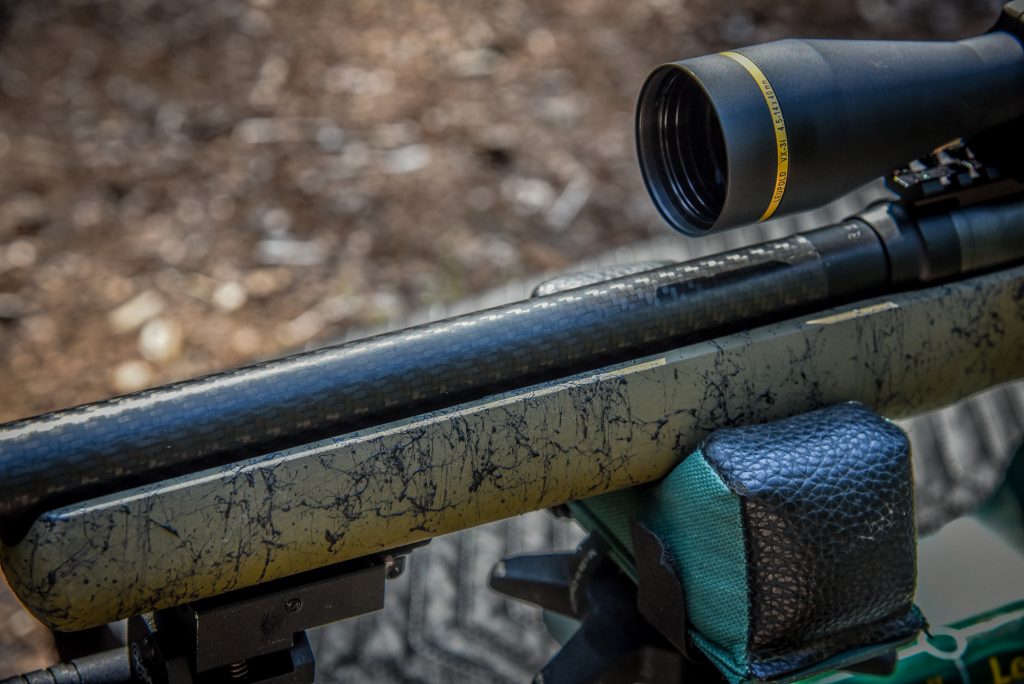
New Barrel.
One of the most overlooked parts of an accurate rifle-or what might be causing accuracy problems in a rifle-is the barrel. From over-use and over-heating the barrel takes the brunt of punishment when it comes to shooting. Copper fouling and lead build up can both cause bullets to run astray downrange. Both can be dealt with easily by cleaning the rifle with the right solvents each time you get done shooting.
But one issue is the degradation of the barrel, especially at the “throat” where the bullet first comes into contact with the lands. Powder is corrosive and over time it can “pit” the barrel which causes pressure issues leading to the barrel being sloppy or “shot out”. Lee Freeman of Oregon Mountain Rifle Company in Corbett, Oregon specializes in barrels; carbon fiber wrapped barrels to be exact. Reducing the amount of metal and then wrapping it in carbon fiber not only strengthens the barrel but also lightens it and helps balance the rifle which increases accuracy. The carbon fiber takes longer to heat up which means more follow-up shots that are still accurate compared to an over-heated can barrel. This also extends the rifle’s barrel life. Oregon Mountain Rifle Company can outfit just about any rifle with a new carbon fiber wrapped barrel in various lengths or they can take your existing barrel, mill it and then carbon fiber wrap it.
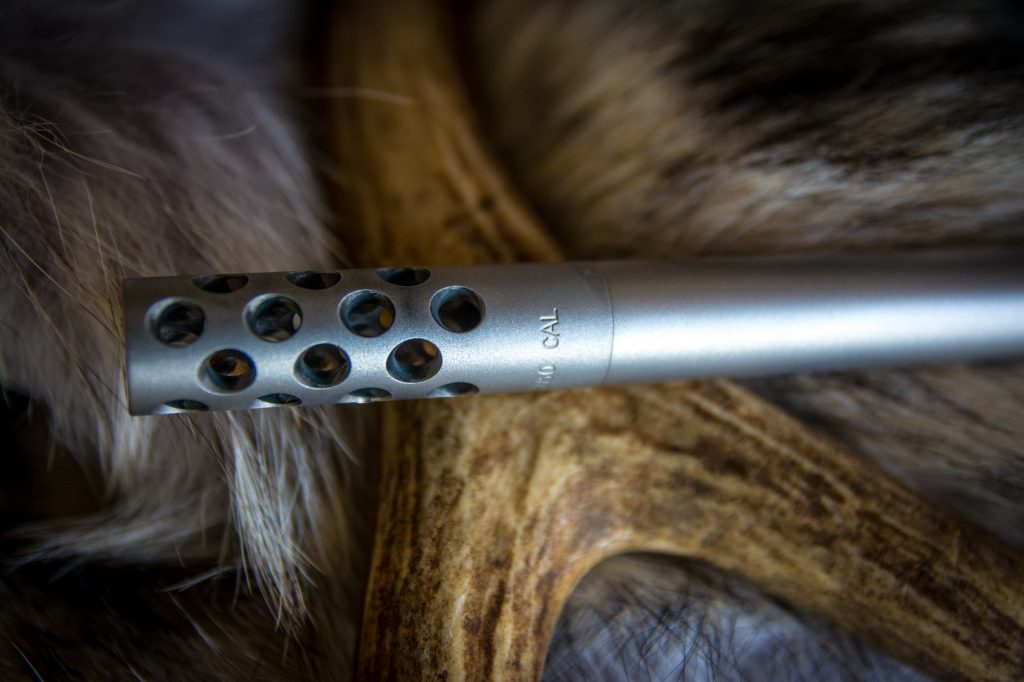
Compensator or Muzzle Brake.
One of the biggest contributing factors in accurate shooting is the shooter’s “flinch”. If you are shooting a gun that causes you to pause or even think about the recoil, then you are likely to pull the shot. It is human nature and very hard to overcome. Using a compensator or a muzzle brake reduces the recoil dramatically and this can keep you on target all the way through the shot. There is a difference between the two with the most common muzzle brake being a ported end cap that allows the gasses pushing the bullet to be expelled in all different directions which reduces the recoil. They often are threaded onto the barrel and can be taken off when not wanted with a cap to be put in its place to protect the threads.
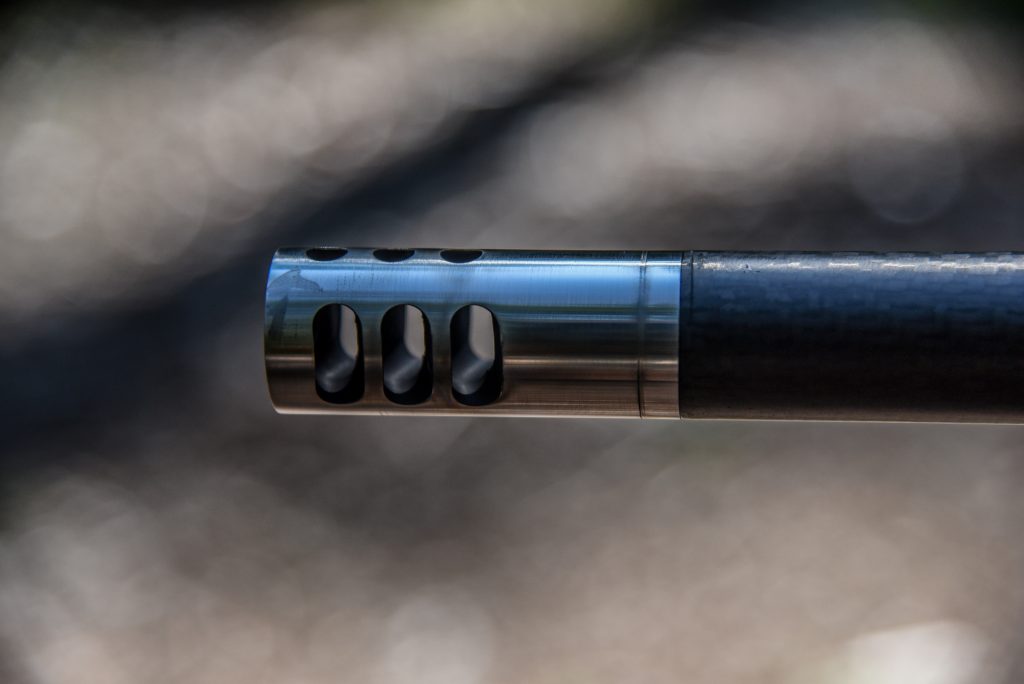
The compensator is designed to counter-act the gasses and has baffles or vents on the sides which push the gasses backwards and thrusts the barrel and gun forward and counters the recoil. On top of the compensator are holes that allow the gasses to expel and push the muzzle downward which reduces the “muzzle jump”. The bottom of the compensator is solid as it is designed to have the ability to fire the rifle in the prone position and keep dust, dirt, and ground debris from blowing back and becoming a hazard. Compensators are usually custom fit to the individual barrel and permanently installed since they have to line up on the threads and not rotate to make sure they work as designed. Both muzzle brakes and compensators increase the noise of the rifle exponentially so be sure to always wear hearing protection. Either will reduce recoil but a 6.5 Creedmoor I own that has a compensator on it has nearly zero foot pounds of recoil. When you shoot the rifle it simply doesn’t move and allows me to see my shot instantaneously.
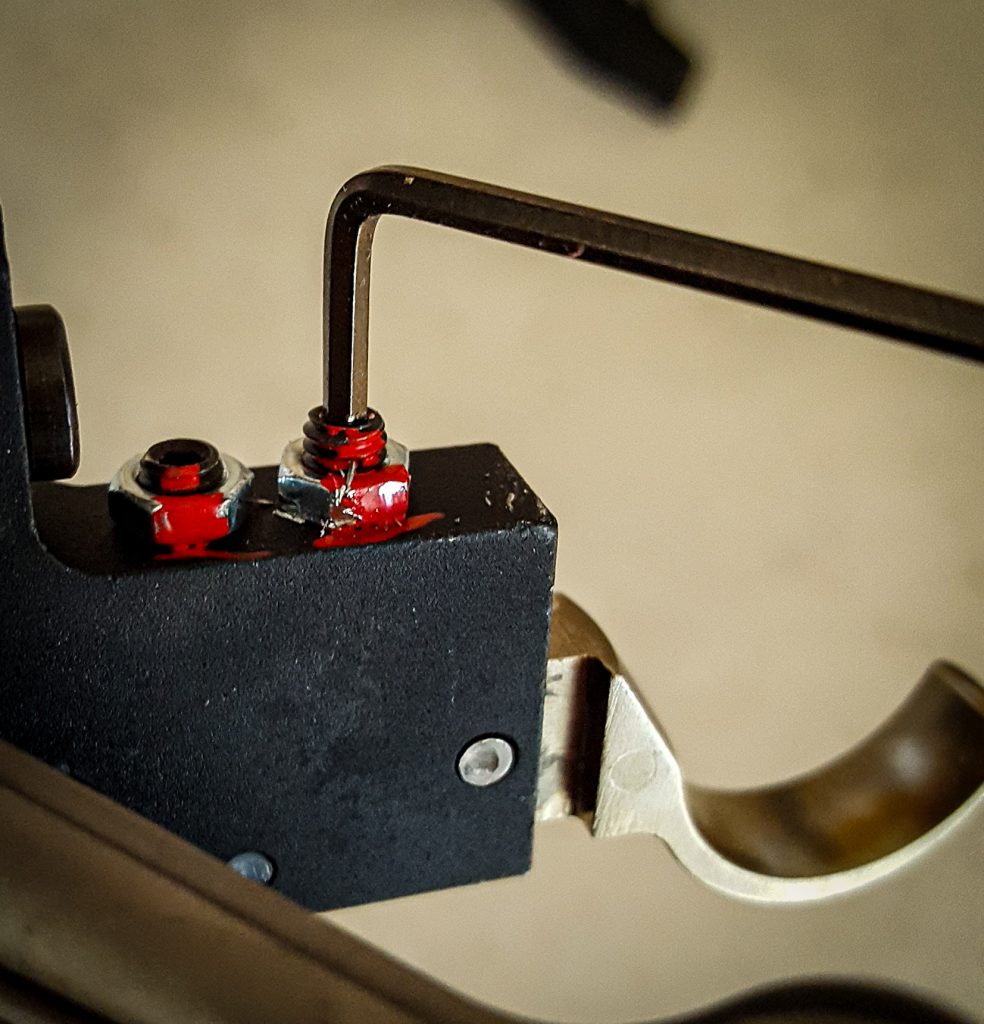
Trigger Control
Besides recoil and an accurate barrel, the trigger causes the shooter the most problems when it comes to accuracy. After market triggers offer the ability to adjust their poundage as well as travel. Some rifle companies such as Kimber and Savage offer adjustable triggers in their factory rifles. With Kimber there are two set screws in the trigger assembly. One changes the travel and the other changes the pounds of pressure needed to fire the rifle. Some shooters like to pull the trigger or have it travel before the rifle fires. This allows you to mentally prepare for the report of the rifle as you feel the trigger moving. Other shooters like a “stiff” trigger which means once you apply the needed poundage the gun fires with little to no trigger movement until after the rifle fires. Never go below the minimum poundage that manufacturer recommends, which nowadays is pretty low-most around 2 pounds or less-as this can be very dangerous and cause a miss-fire.
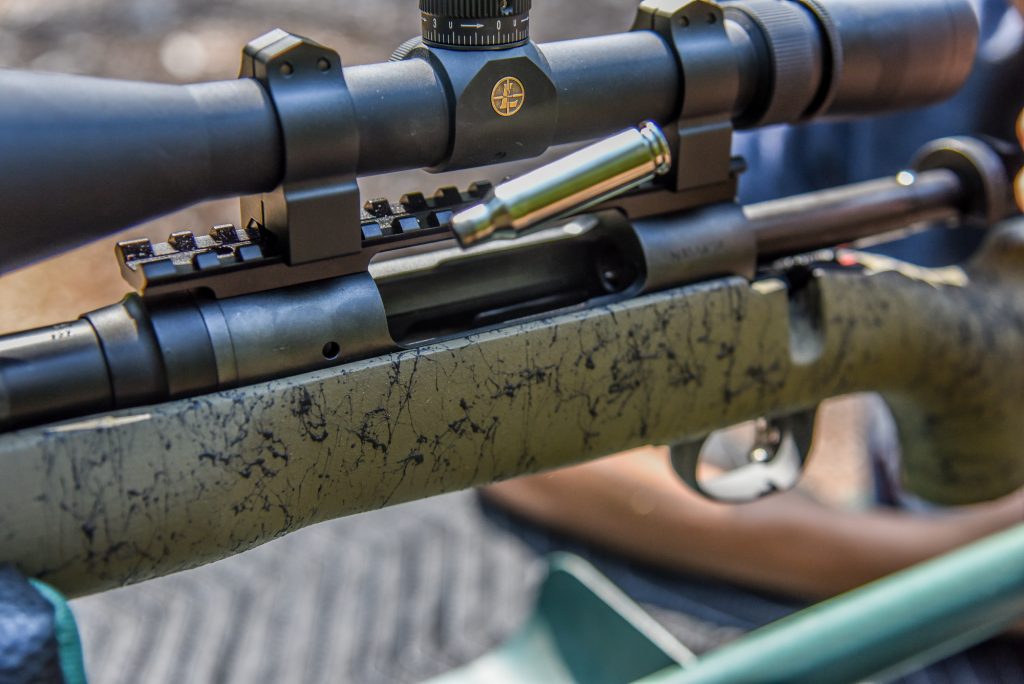
Re-stock
A quick and easy upgrade to any rifle is switching out the stock. This is done by simply removing the bedding screw or screws depending on model of bolt action rifle you are shooting. The beauty of a wood stock is hard to beat but wood is known to have some inherent problems such as swelling during high humidity or wet weather, shrinking in dry heat, or even cracking. Composite stocks are tough and are not prone to weather conditions but they are not as pretty as wood. Depending on the make and model of the rifle the bedding can either be glass or free-floating with a bedding block. Glass bedded means the barrel rests on a fiberglass bed in the stock. Free floating means it doesn’t touch any part of the stock with the action securing the barrel. Some stocks and barrels use a bedding block which is a block of metal that uses a screw or bolt to secure the stock to the rifle. Some think a “free floating” barrel is best, yet one of the most accurate rifles I’ve ever shot belonged to my father. It was a 7mm Remington Magnum which he fiber glass bedded and then used a small piece of lead tape on the block to soften where the rifle was secured to the stock. Very unconventional but it shot accurately. Sometimes an old rifle just needs a new stock which is comfortable to hold, has the correct length of pull, and won’t change with weather conditions.
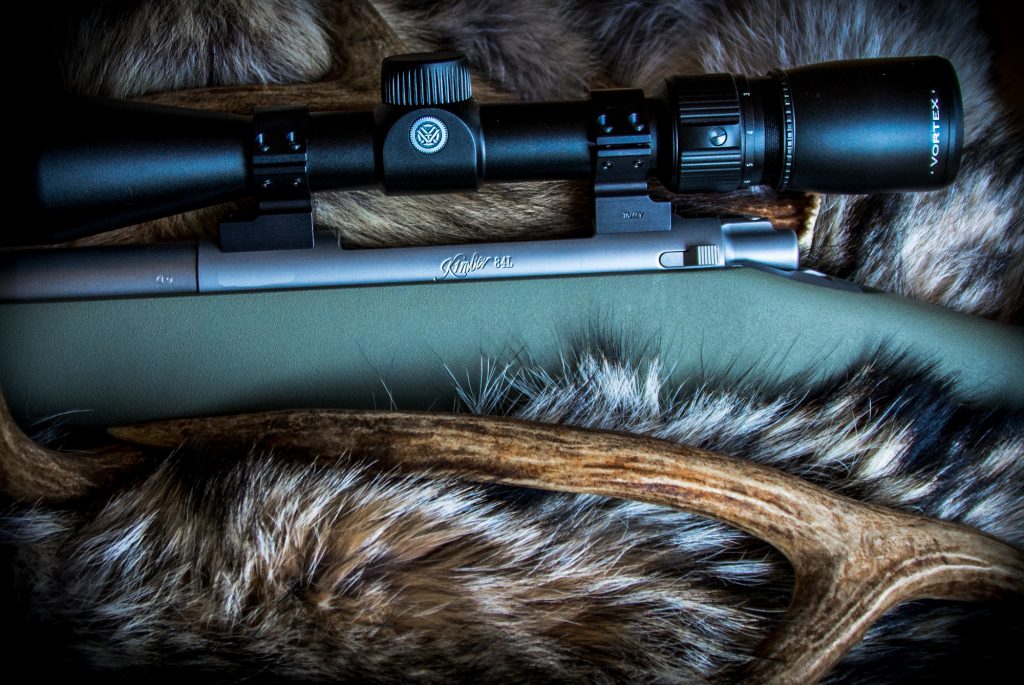
Upgrade the Glass
This should probably have been the first “tip” of this blog but I saved it for last as it is one of the most important parts of making an accurate rifle. You can shoot an expensive rifle using a cheap scope and find it to be “accurate” until that scope fails by fogging up, crosshairs shift, bad coating not allowing proper light transmission or many other multitudes of issues that arise with poor quality control.
It is better to shoot a cheap rifle with moderate accuracy and use a well-built scope which never fails in all weather conditions, is bright in low light and won’t change point of impact when you slip and fall. If you can’t see it, you can’t shoot it. There are many factors that can affect even the best scopes and their accuracy such as parallax or the way light bends as it passes through the lenses. Some shooters like having a variable power scope and most of my rifles sport them as well but be aware that an increase in magnification also increases your counteracting of aiming.
You will notice “wobbling” as you try to hold the crosshairs steady when on a higher power or more magnification. A fixed power scope takes away a lot of the possible problems with variable power scopes such as internal debris from the rings and moving parts inside the scope, parallax and “wobble” but you are also stuck with just one magnification. A good compromise is to get a variable power scope that has a lower range such as the Vortex Razor 2-10x40mm. I have shot mule deer using the 2x at 100 yards and could see the entire deer helping me stay focused on the front shoulder. I also killed an elk in Idaho at 325 yards on 10x and it helped me slip the bullet between trees and to the lungs of the bull. Both times the rifle stayed steady as I was focusing on the animal and not the wobbling crosshairs. A quality scope regardless of power needs to be clear with multi-coated lenses that allow low light to pass through as well as keep condensation and raindrops off.
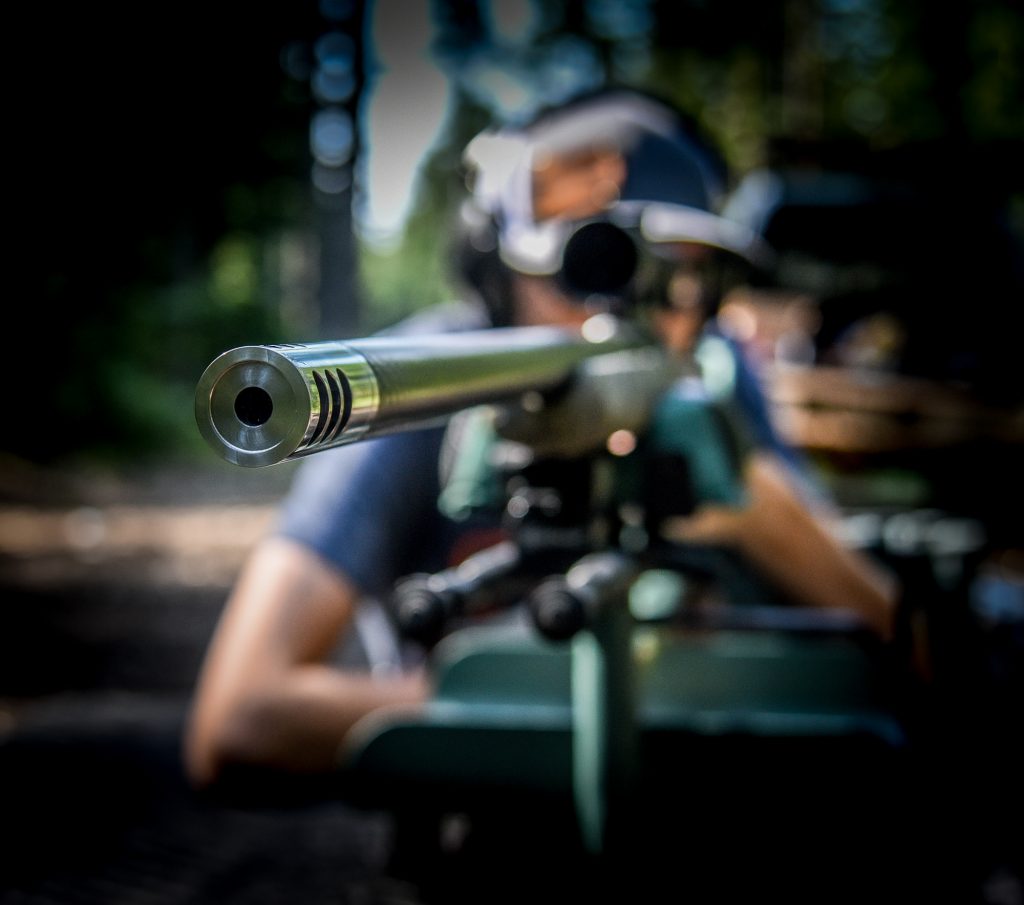
These are a few things you can do to improve the accuracy of your rifle. Take the time to figure out which ones are best for you and be sure to use a competent gunsmith for some alterations like a new barrel. Other things you can easily do yourself such as mounting a new scope or installing a new stock. Nothing will make up for time at the range so be sure to practice as much as you can and know that your rifle is accurate so if you miss, it’s all on you!
Jason Brooks
The Outdoor Line Field Editor

